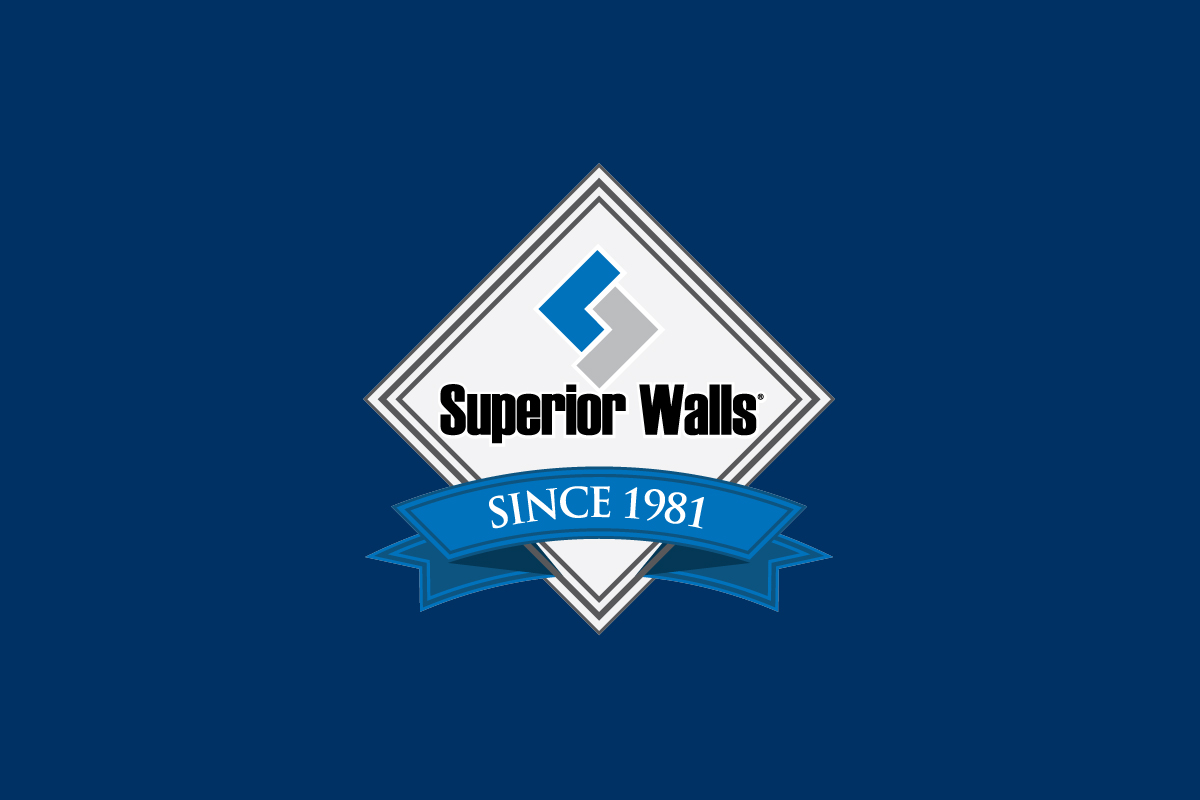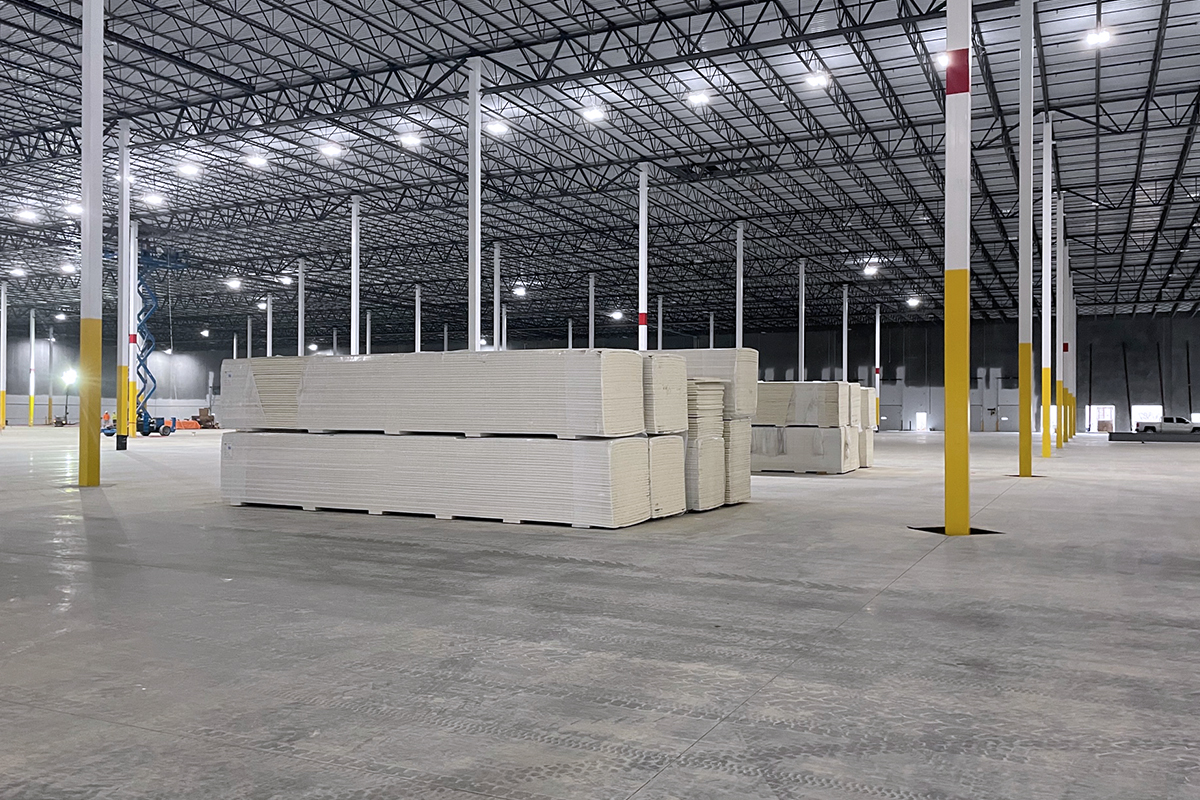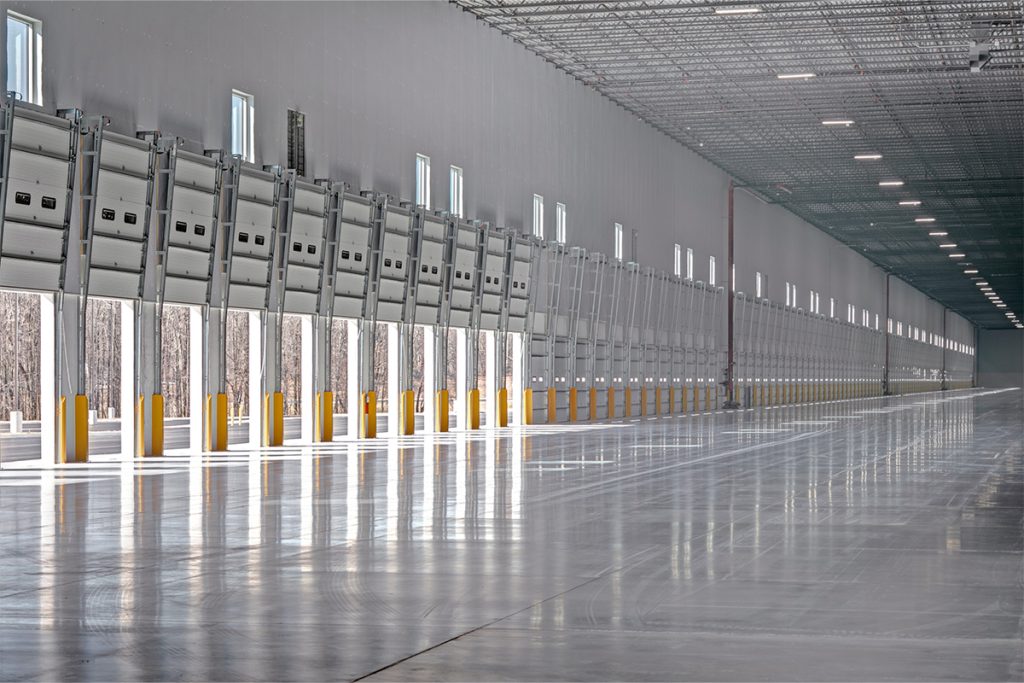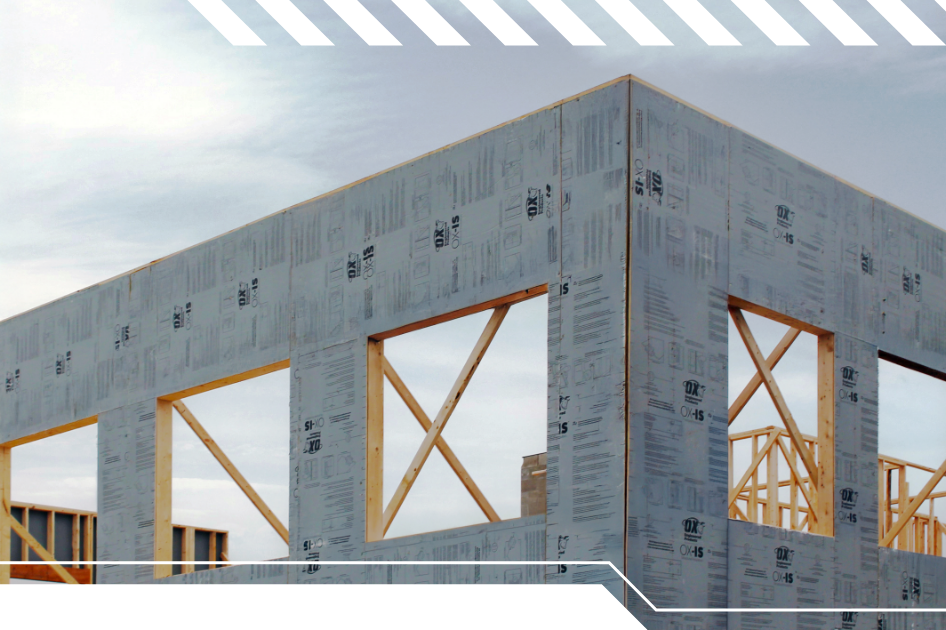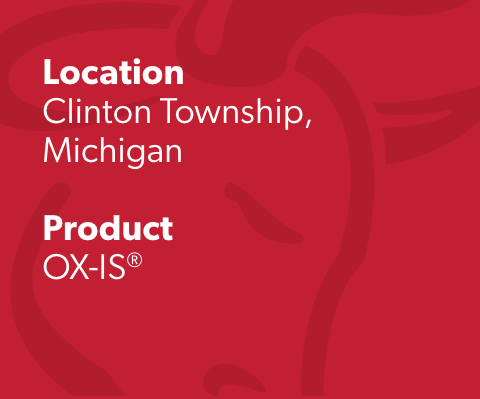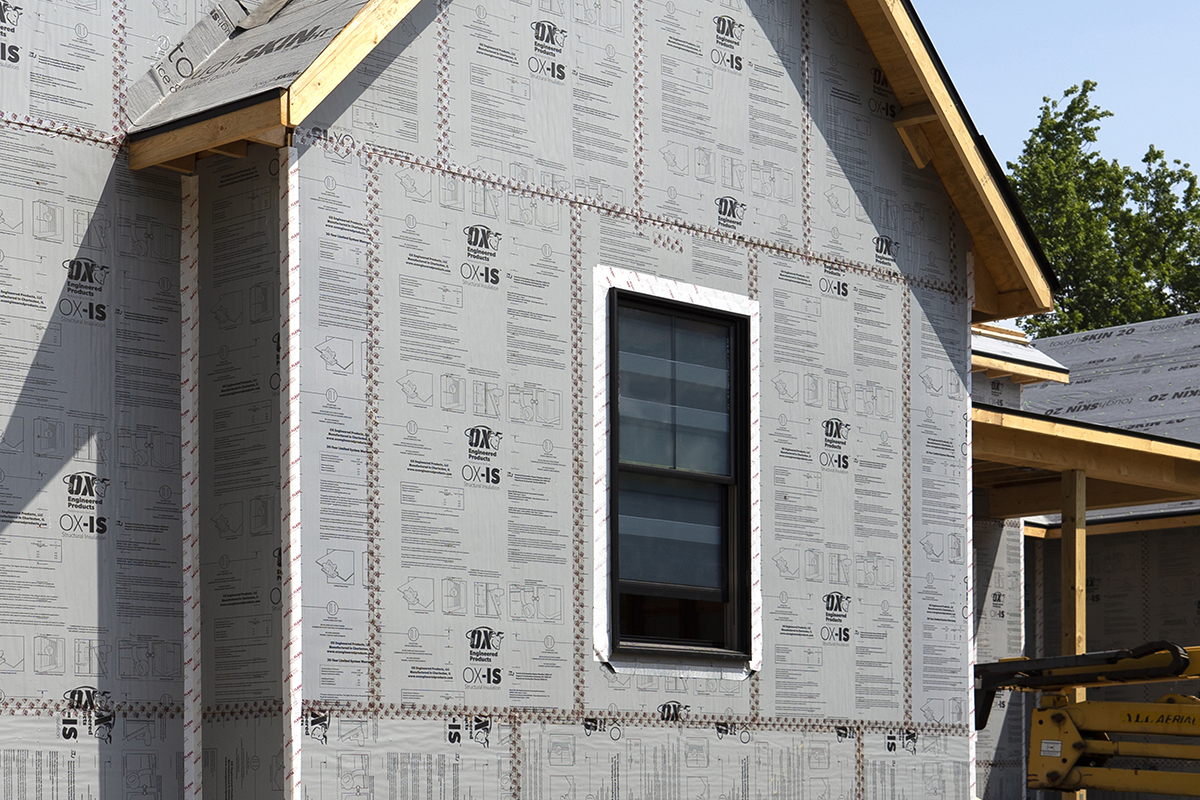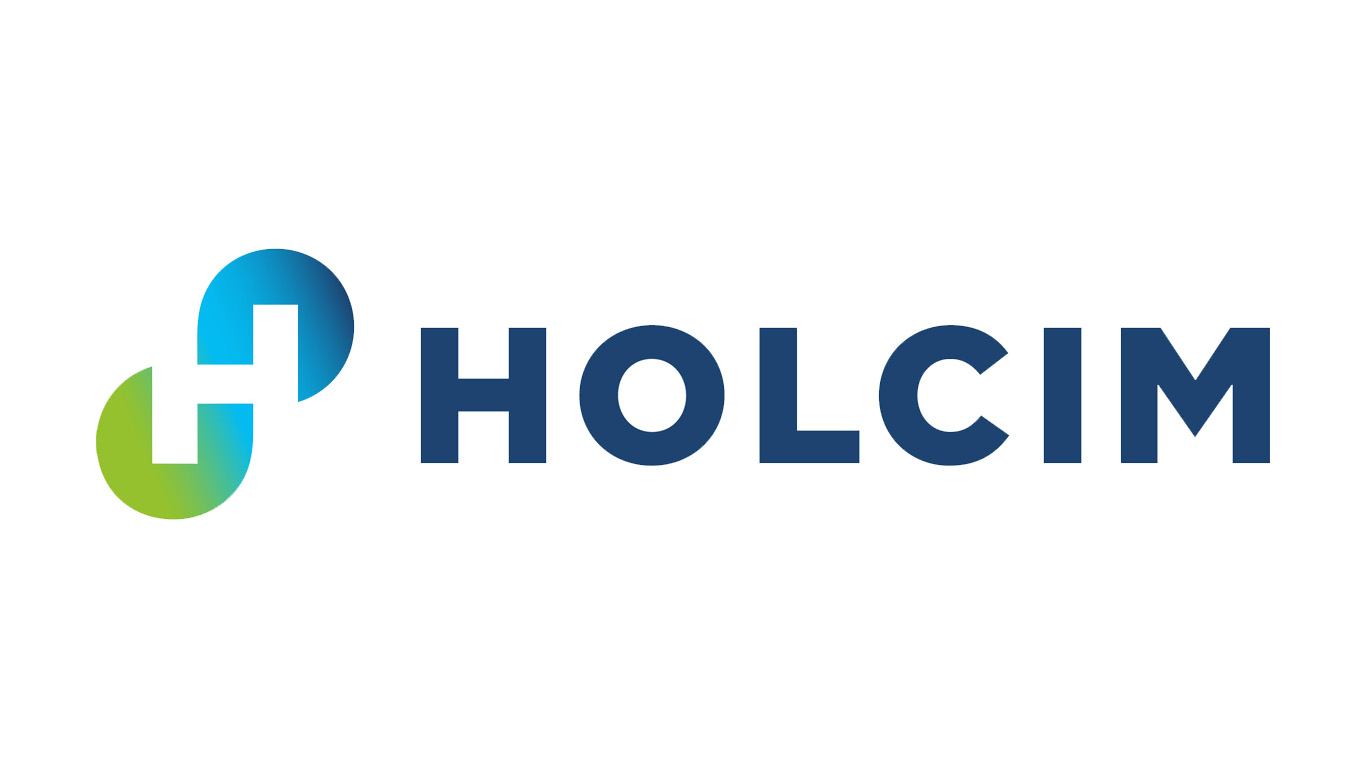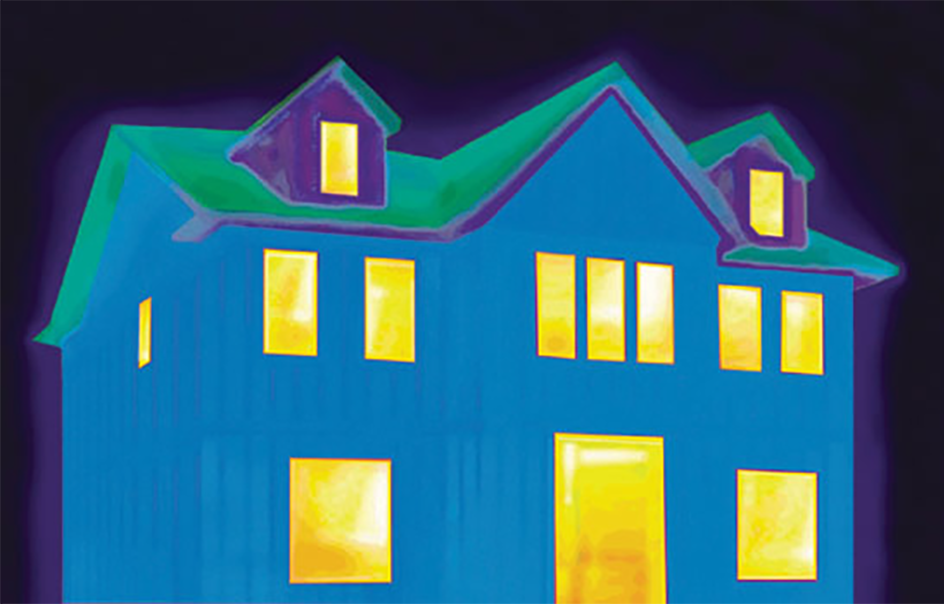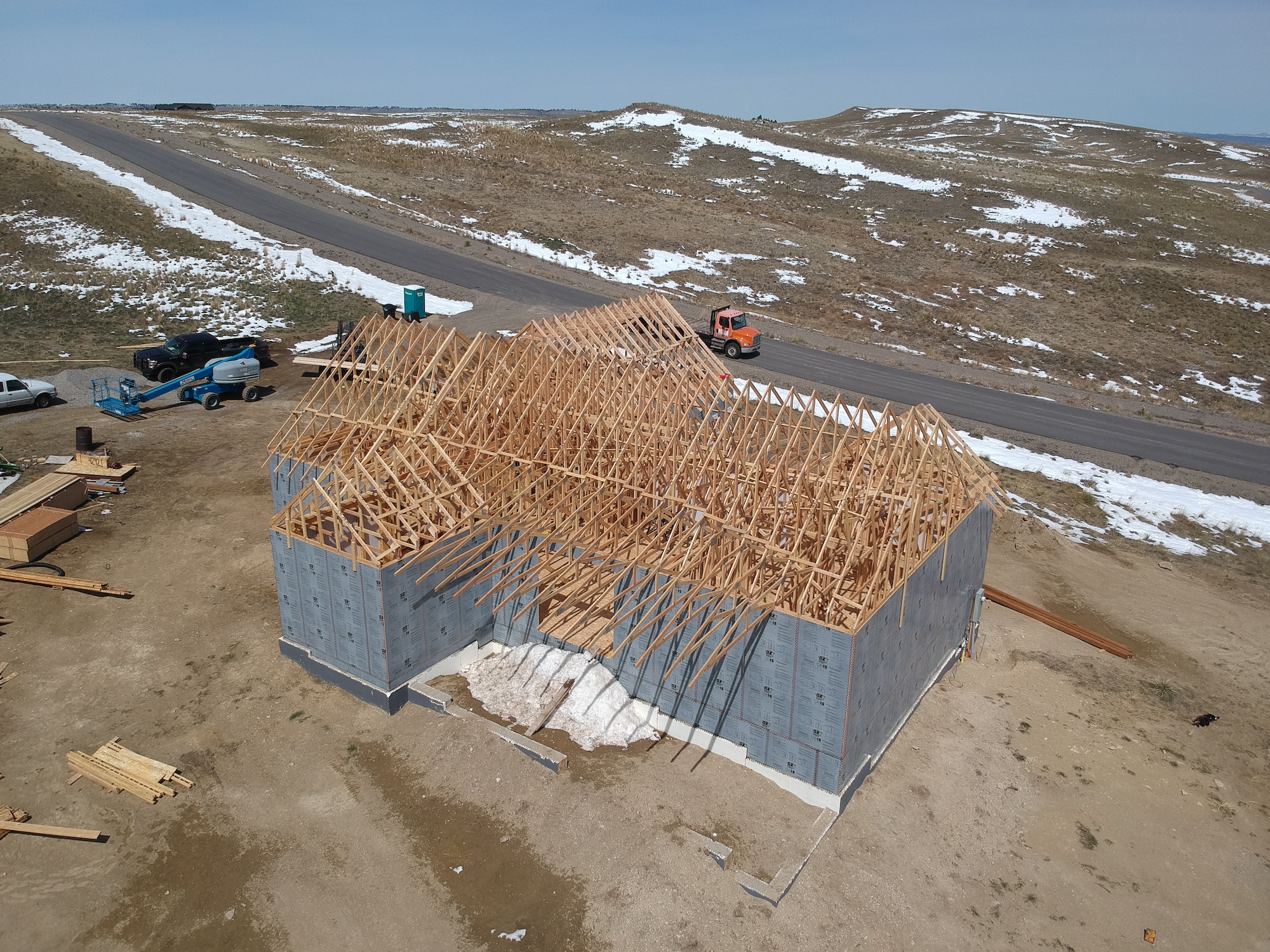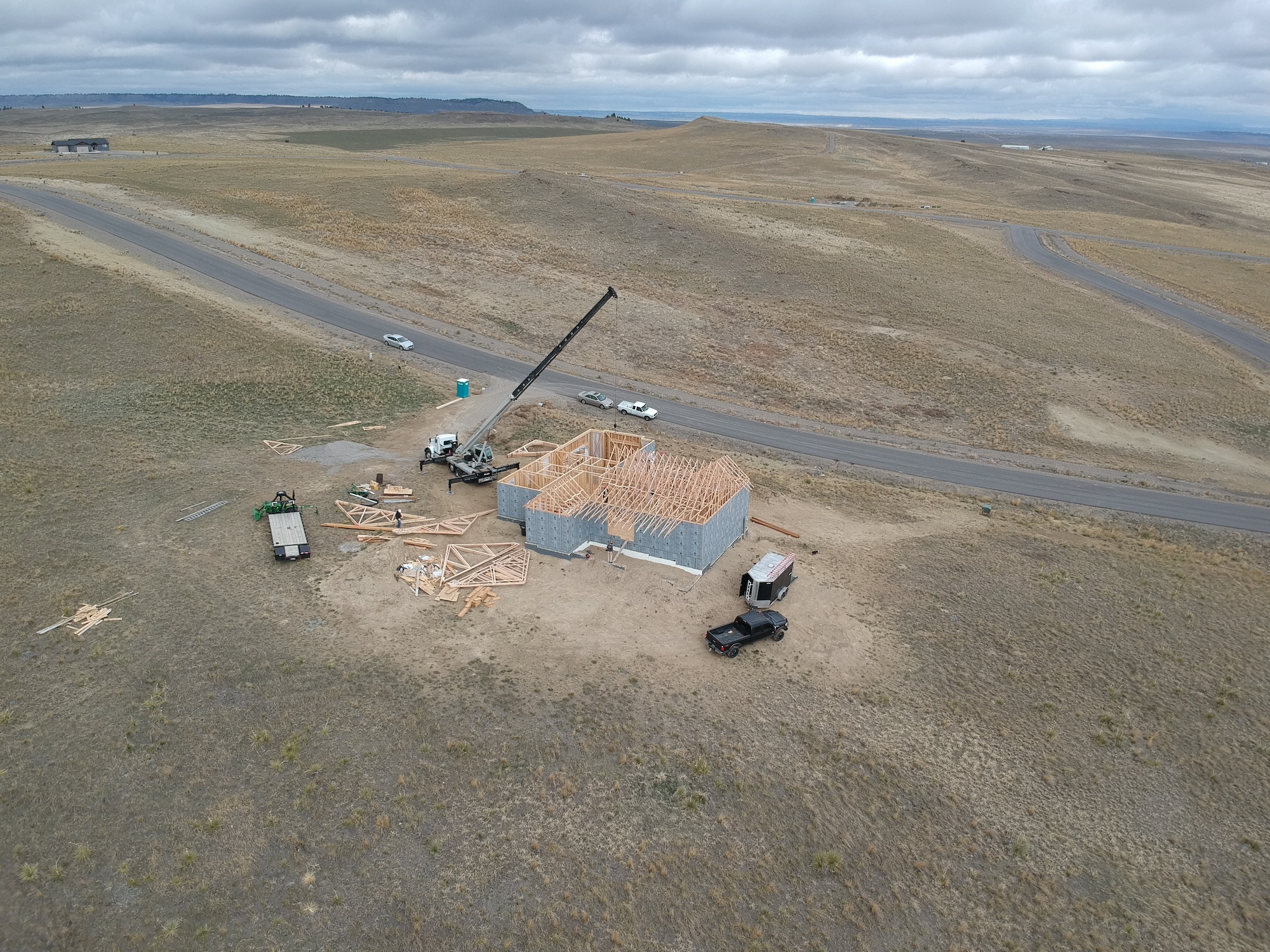When it comes to building foundations, prefabrication is proving to be a game changer. At times, on-site construction can create uncertainties for efficiency and quality, and prefabrication is helping builders, owners, and architects meet the demands of 21st-century structures in less time and at a lower cost.
Prefab often leads to the standardization of building systems, which presents an opportunity for building material manufacturers to partner for pre-approved, bundled solutions.
One such collaboration is Superior Walls of America and OX Engineered Products. Superior Walls integrates high-performance polyiso foam insulation from OX into its patented precast concrete foundation systems to create modern, energy-efficient, strong foundation walls for below-grade spaces.
Defining Today’s Prefabrication Techniques
Prefabricated construction is a transformative approach to building, shifting from unpredictable job site environments to the controlled precision of a factory. Because components are built on a plant floor simultaneous to site preparation, on-site assembly happens much faster than traditional construction. Factory environments also allow for greater quality control, leading to fewer errors and more consistent results.
Just like any other part of a building, the foundation deserves careful attention to ensure it doesn’t become a source of costly issues down the line. In the past, pouring foundations was a time-consuming, weather-dependent process. In addition, without proper consideration to the long-term effects of being underground, the spaces would end up being damp and energy inefficient.
Precast concrete wall systems – such as those from Superior Walls of America – offer a game-changing alternative: custom-designed, steel-reinforced concrete wall panels manufactured in a controlled factory environment. And now, with OX polyiso foam, builders, contractors, and building owners have an added sense of confidence in the foundation’s ability to be durable.
Enhancing Foundation Walls with High-Performance Insulation
The collaboration between Superior Walls and OX comes at a time when longevity, performance, and sustainability are all under the spotlight within the construction space.
Prefabricated with precision, these custom-designed walls are delivered to job sites ready for installation. Utilizing a crane, they are efficiently placed, securely bolted, and sealed to create a durable, energy-efficient foundation with pre-engineered openings for doors and windows. In essence, they are adaptable to any design vision.
OX polyiso foam is installed within the wall system, with the concrete being poured directly onto the surface of the insulation. Once installed, the system leaves ample space for essential functions such as running electrical and plumbing.
Superior Walls’ systems with OX insulation are the ideal solution for architects and builders seeking dimensional accuracy, energy efficiency, and certified installation. Engineered to effectively distribute and support the weight of a structure, these high-performance foundation walls help prevent settling, cracking, and structural failures. The insulated walls, courtesy of OX’s high-performance polyiso foam, also minimize heat transfer to maintain a stable indoor temperature year-round. Plus, their effective moisture management translates to lower indoor humidity levels that create more comfortable interior environments.
The Power of Prefabbed, Insulated Foundations
By integrating advanced prefab solutions such as those from Superior Walls and OX, builders are streamlining traditional construction practices, which means they are also building smarter. The result is faster installation without sacrificing quality, which leads to more energy-efficient, durable, and sustainable buildings from the ground up.
Prefabricated foundation wall systems paired with high-performance insulation meet the demands of today’s construction environment and lay the groundwork for a more efficient and resilient homes and commercial buildings for years to come.

